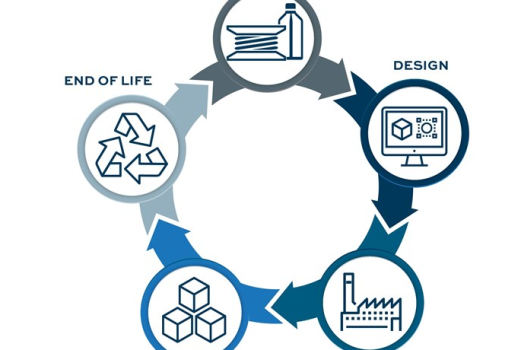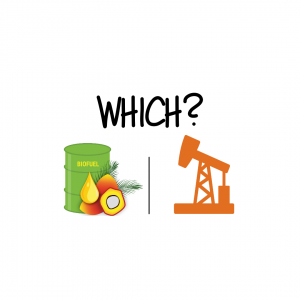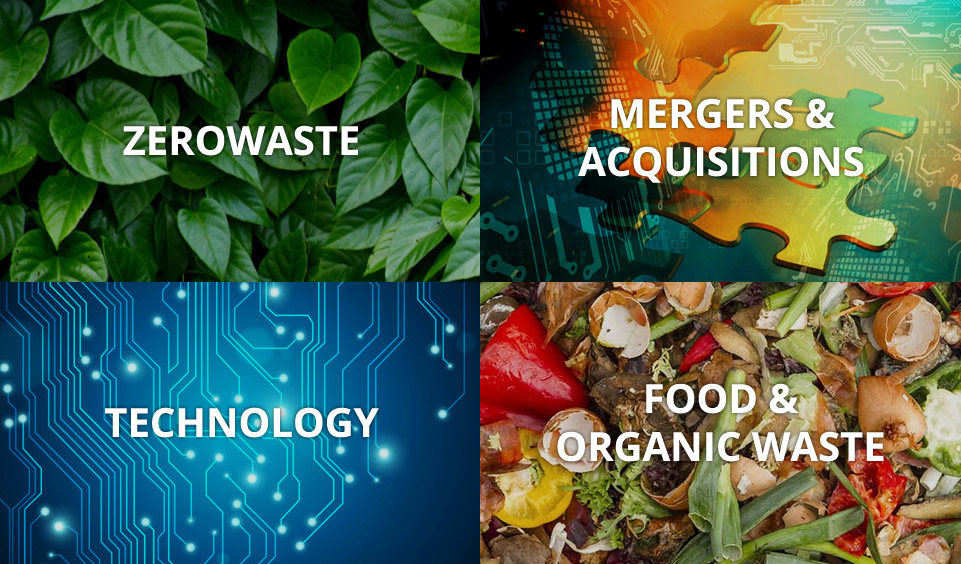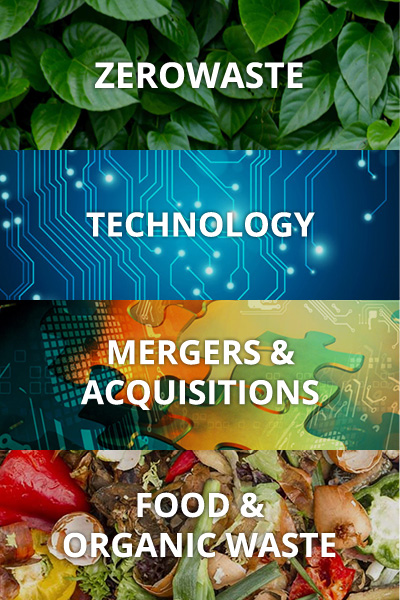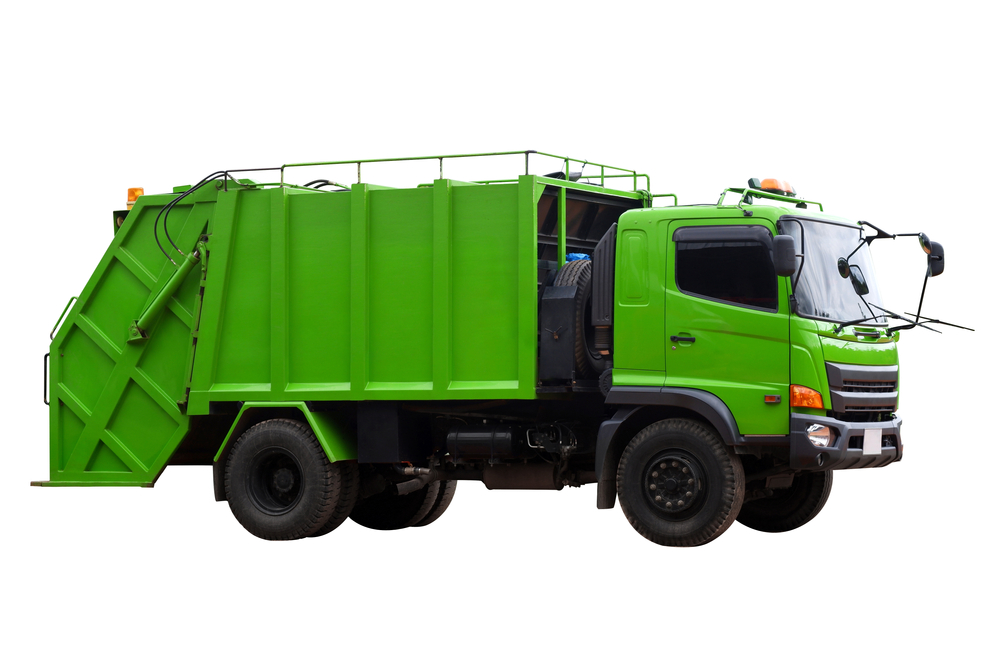
The Baltimore City Department of Public Works (DPW) resumed curbside residential recycling collections Jan. 19. The city had suspended collections Aug. 31, 2020, after facing delays in collecting trash and recycling due to COVID-19 and weather conditions, an increase in the amount of waste generated and a shortage of staff reporting to work each day.
John Chalmers, head of the DPW Bureau of Solid Waste in Baltimore, says the city set up 14 drop-off recycling sites in the 14 city districts to provide a way for residents to recycle during the collection suspension.
“We altered recycling in the city. We didn’t really fully suspend recycling,” Chalmers says. “We had strong participation at these locations. It has been so inspirational to see so much support for continuing recycling during that time. It was a notable improvement in the quality of materials that we were seeing.”
Chalmers says the city also used the drop-off sites to provide recycling education to residents who came with materials. “It was a point of contact with our customers. We were able to explain to them about the recycling process, how [recycling is] managed at our transfer station and taken to a material recovery facility. It was a great experience to be able to touch the residents and walk them through that.”
He adds that in a typical month, about 2,000 tons of recyclables are collected from the curbside; during the months it only operated drop-off sites because of COVID-19, it collected about 700 tons of material per month.
With curbside residential recycling back, the city also is investing $7 million in its program, according to figures reported in the Baltimore Sun. With that $7 million, the city is contracting for one year with two small haulers—Goode Cos. Inc. and Spindler Refuse Inc.—and three workforce development groups—Living Classrooms Foundation, Roca and Lazarus Rite. The city also received an emergency procurement approval to provide Rubicon software to its drivers.
“Rubicon will allow us to optimize our routes and get drivers up to speed,” Chalmers says.
Later this year, Chalmers adds that the city will be working on a recycling education campaign with residents. Baltimore received a Leadership Grant from The Recycling Partnership for this effort in the fall of 2020.
Since bringing back curbside recycling, Chalmers says there have been no hiccups.
“The transition went very smoothly [ Jan. 19],” he says. “The mayor came out to speak with the crews at 5:20 a.m. to thank them for their services and sacrifices they make every single day to make sure Baltimore has a clean environment to live and work in. Recycling was picked up starting at 6 a.m., and the last route was completed on time at 4 p.m. or before.”
Chalmers also advises municipalities that experience labor shortages (as Baltimore experienced last summer) to try to find alternatives to keep as many programs going as possible.
“Instead of suspending a service altogether, try to find ways to augment that service,” he says. “It’s difficult getting people back into the routine of recycling. I think we did an awesome job setting up 14 drop-off centers.”
